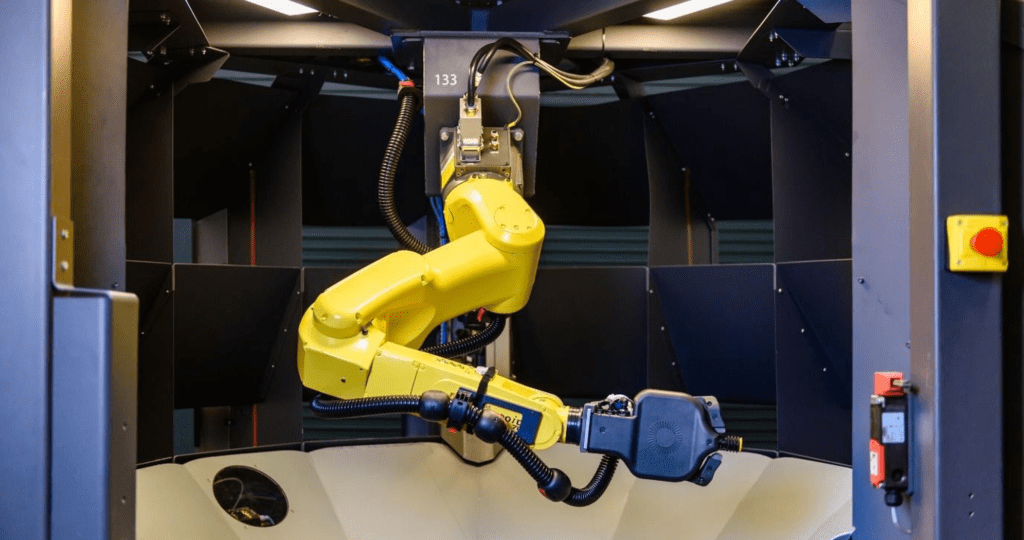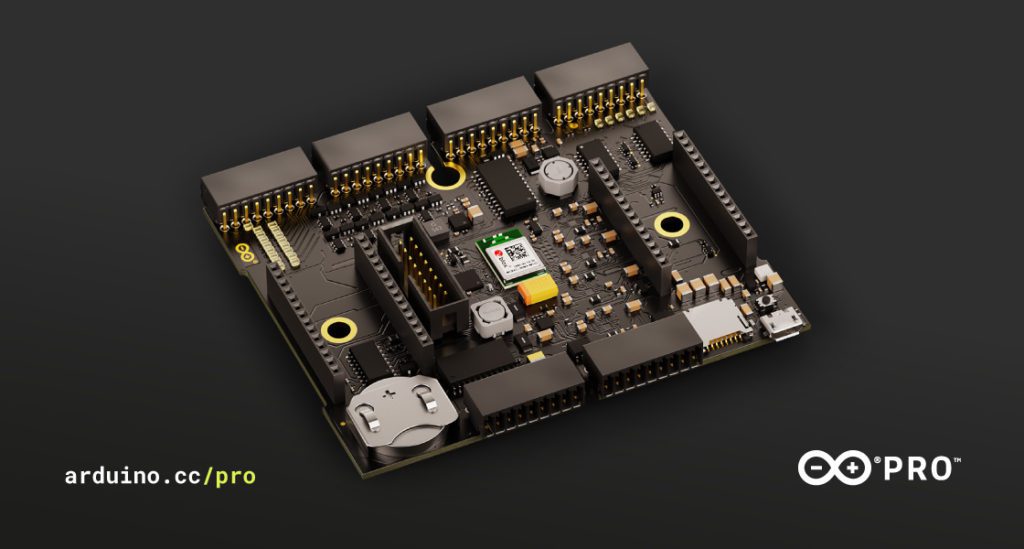Schlagwort: Industrial
-

From embedded sensors to advanced intelligence: Driving Industry 4.0 innovation with TinyML
Reading Time: 5 minutesWevolver’s previous article about the Arduino Pro ecosystem outlined how embedded sensors play a key role in transforming machines and automation devices to Cyber Physical Production Systems (CPPS). Using CPPS systems, manufacturers and automation solution providers capture data from the shop floor and use it for optimizations in areas like production schedules,…
-

Engineer’s guide to Industrial IoT in Industry 4.0
Reading Time: 5 minutesThis is an edited version of a longer piece first published on Wevolver. In recent years, industrial enterprises are accelerating their digital transformation and preparing themselves for the fourth industrial revolution (Industry 4.0). This digitization of production processes enables industrial organizations to implement agile and responsive manufacturing workflows, which rely on flexible…
-

Sense the future of smart agriculture with Arduino Edge Control
Reading Time: 2 minutesArduino Team — April 22nd, 2021 The Arduino Pro lineup continues to grow with the introduction of the new Arduino Edge Control. This is a remote monitoring and control solution optimized for outdoor environments. Easy deployment makes it suitable for smart agriculture, precision farming, and other intelligent control applications in remote locations.…


